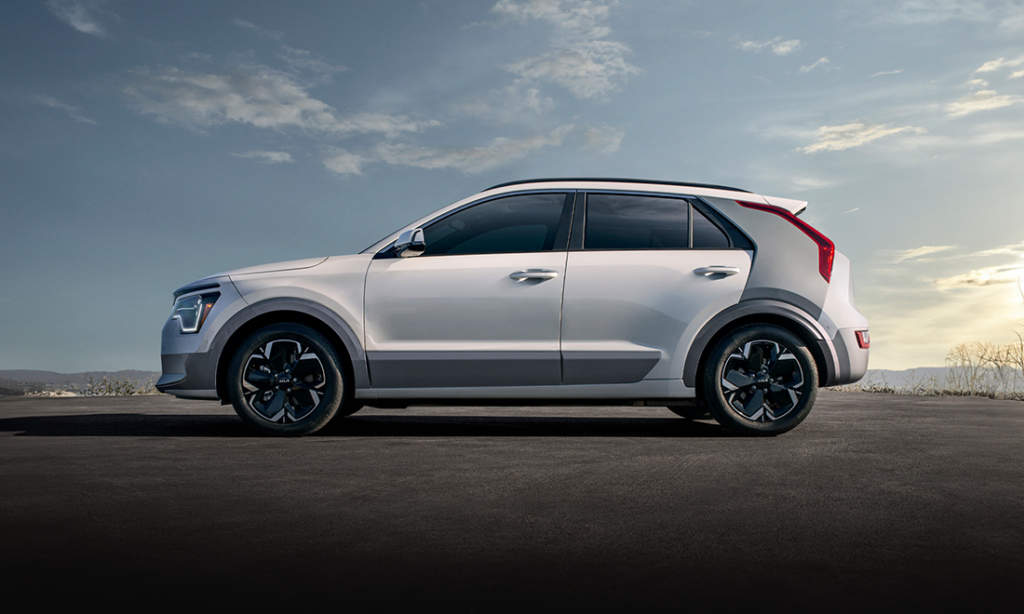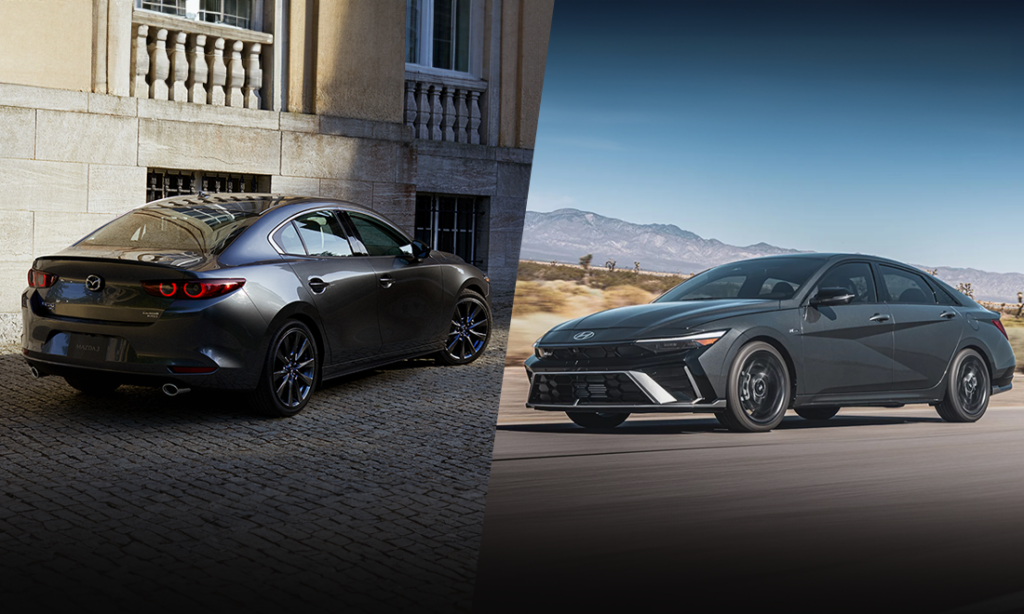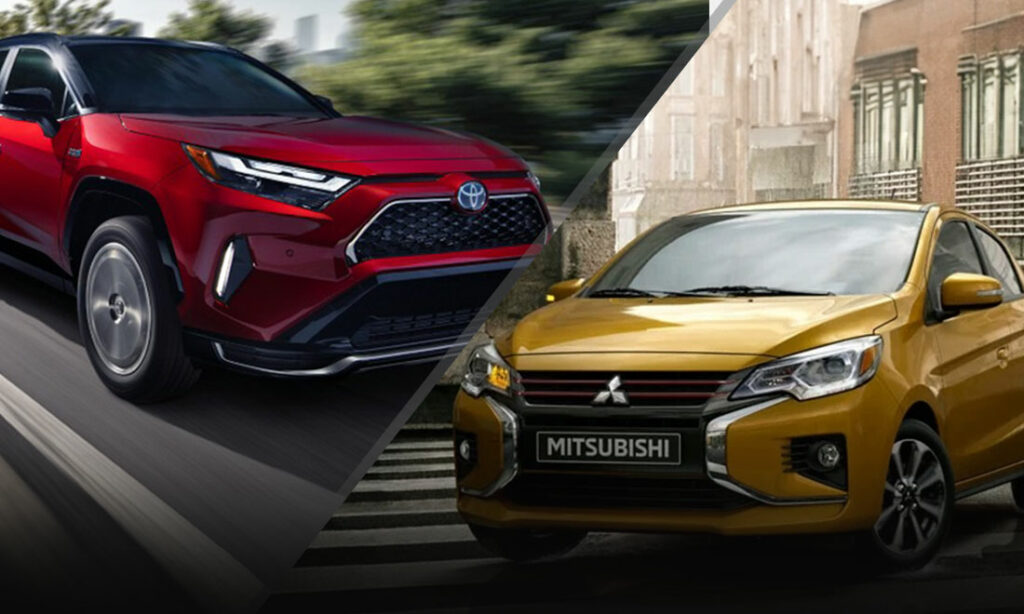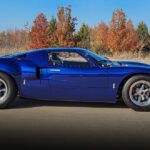The sound, the look, the speed; you know when you’ve been passed by a Lamborghini. These are our favorites from the past six decades.
Bulls on Parade
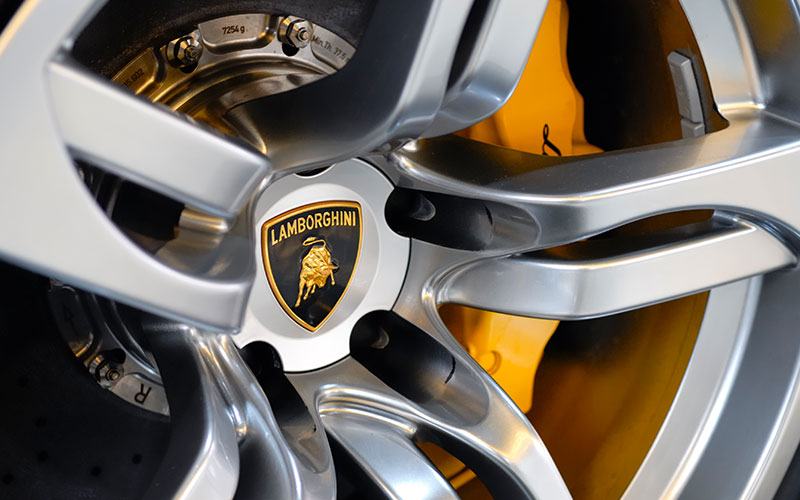
Lamborghini has never been a brand for subtly. Named after fighting bulls and styled to look like nothing else on the road, Lamborghinis have consistently been among the most thrilling automotive experiences you could have. Decade after decade Lamborghini has delivered icon after icon, shaping tastes and expectations along the way. From the stunning Miura to the ostentatious Urus, these are the top ten Lamborghinis of all time.
350 GT
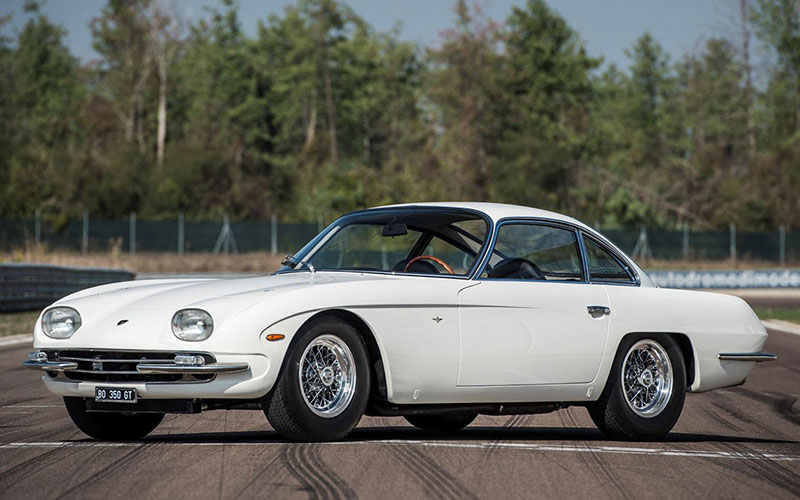
Disappointed in the quality of Ferraris, the premier Italian sports cars of the day, Ferruccio Lamborghini decided to take his expertise in tractor making and apply it to building his own sports car. The first Lamborghini was the 350 GT. Debuting at the Geneva Auto Show in 1964, the Lamborghini 350 GT sported the first in a long line of V12 engines, in this case, a 3.5L making 270 horsepower. Other features like front and rear independent suspensions, a light-weight aluminum body, and disc brakes made the 350 GT a legitimate competitor to Ferraris. With only 120 ever built, the Lamborghini 350 GT is worth over a half a million dollars today.
Jalpa
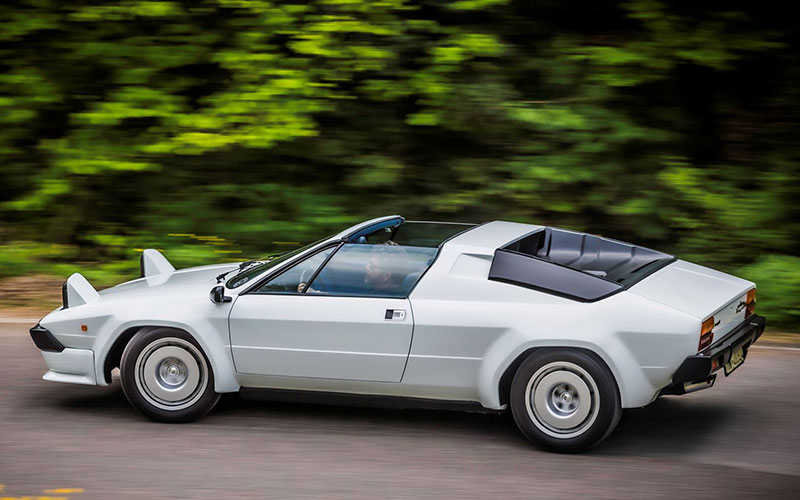
The Lamborghini Jalpa came about as a more affordable alternative to the Countach, then the brand’s premier model. Produced from 1981 through 1988, the Jalpa came with a mid-ship transversely mounted 3.5L V8 making 255 horsepower. The car’s design was done by Bertone (which had design among other Lamborghinis, including the Miura) and replicated the Countach’s sharp angles while improving ergonomics and outward visibility. The combination of improved usability and affordability made the Jalpa a sales success. Even so, new parent company Chrysler killed off the car in 1988.
LM002
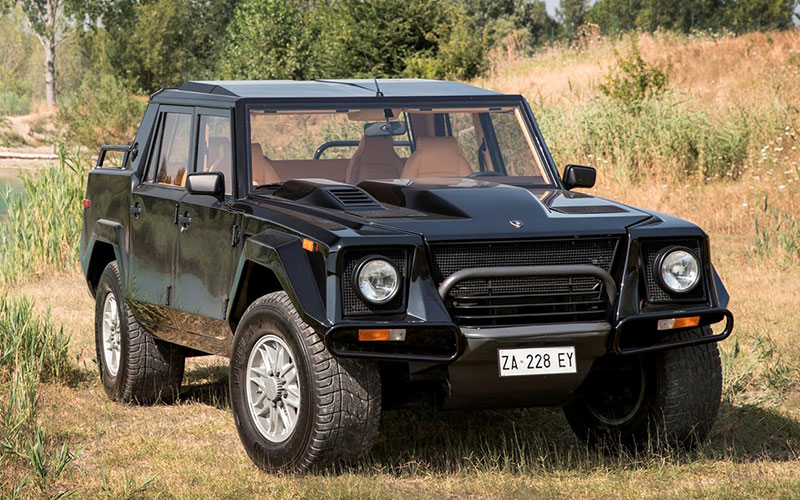
The “Rambo Lambo” isn’t just cool because it rhymes. It’s also cool because it was Lamborghini’s first attempt at an SUV. Originally designed as a military vehicle, the LM022 ran from 1986 through 1993. It came with two engine options a 5.2L V12 making 444 horsepower or a larger 7.2L V12 with 612 horsepower. Even with the larger engine the heavy SUV still took 6.7 seconds to reach 60 mph. The 7.2L is the rarer of the two versions, representing just 27 of the 328 total LM022 ever built.
Diablo
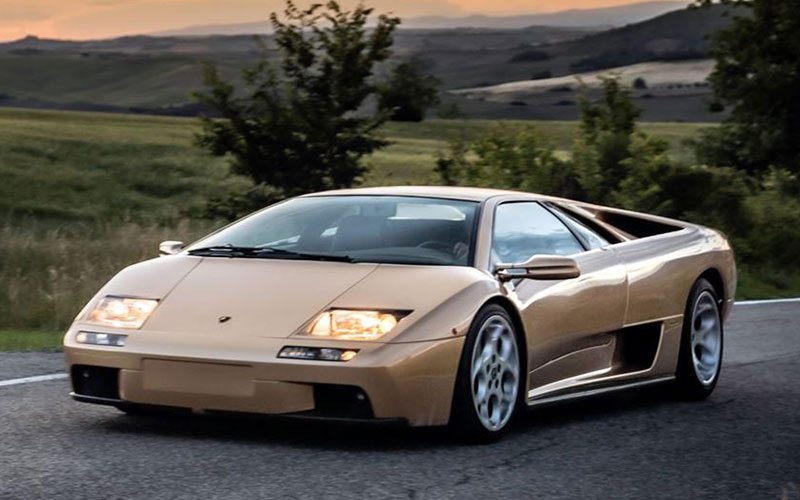
The signature Lambo of the early aughts, the Diablo succeeded the Countach and built on the latter’s wedge design with smoothed out edges and retaining a roaring V12. The Diablo began it’s run with a 5.7L V12 making 485 horsepower, but its most powerful form would be the SE30 Jota which tuned the same 5.7L to 595 horsepower. The Diablo was the first Lamborghini to crest a top speed of 200 mph.
Countach
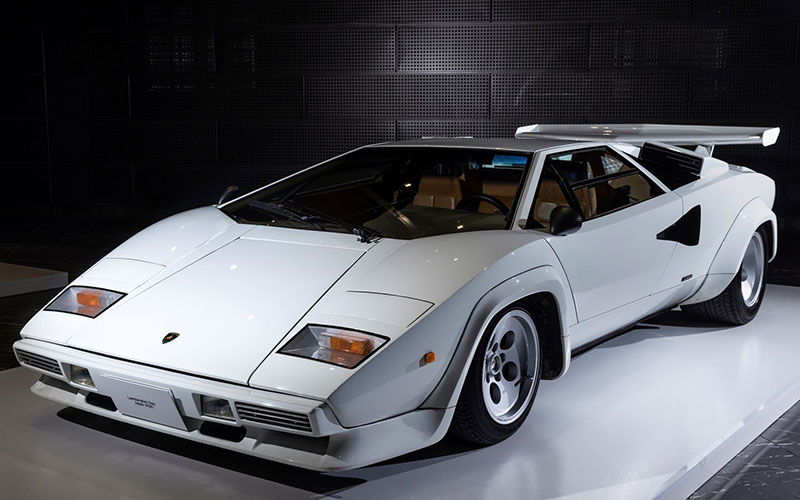
The Countach bridges the divide between the Miura and the Diablo. As pretty as the Miura is, and as popular as the Diablo is, the Countach is perhaps the most iconic, the most recognizable of all Lamborghini models. The definitive poster car, the Countach was designed by Marcello Gandini of Bertone and redefined the supercar when it debuted in 1971. The Countach was in production from 1974 through 1990. In that time its V12 grew from 3.9L to 4.8L to finally 5.2L. In its final form, the LP5000 Quattrovalvole of the late 1980s produced between 414 and 449 horsepower (the lower being the US fuel-injected version, the higher the European carbureted version).
Sesto Elemento
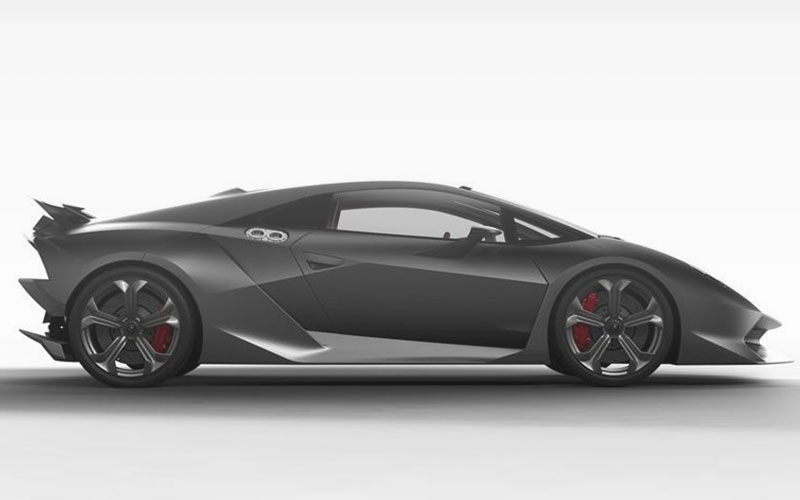
No, this isn’t the Italian sequel to that Bruce Willis movie, the Lamborghini Sesto Element or “sixth element”. Why sixth element? Because carbon is the sixth element on the periodic table and this car takes the supercar obsession with carbon fiber and, like all things Lambo, turn it up to eleven. In the Sesto Elemento, nearly all parts of the that can be crafted from carbon fiber are, including the drive shafts, body, and chassis This made the car incredibly light, weighing in at just 2,200-lbs. Built from the Gallardo and using the Gallardo Superleggera’s 5.2L V10, Lamborghini claimed the Sesto Elemento the powerful featherweight champ could make a 0-60 run in just 2.5 seconds.
Veneno
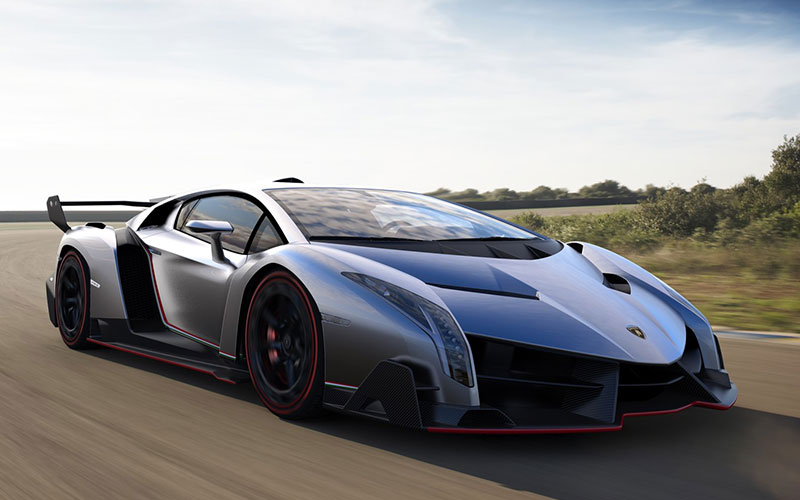
The Lamborghini Veneno was built to celebrate the company’s 50th anniversary. Another special edition, the just 13 examples were completed. Though it shared its underpinning and general design with the Avantador, the Veneno took Lamborghini’s design language to its logical conclusion with a prismatic array of sharp edges and swooping lines. The added aero bits and air-intakes were intended to emulate those of a racing prototype. The result is the perhaps the most radical looking Lamborghini of all, and that says a lot.
Gallardo

Like the Jalpa, the Gallardo was a return to “affordability” for Lamborghini. Produced from 2003 to 2013, the Gallardo has the distinction of being the best-selling Lamborghini model of all time with 14,022 units sold (likely to be overtaken by the Urus in the not-too-distant future). With dozens of variants made, the two big distinctions for Gallardo models are being either AWD or RWD and having either 5.2L V10 or later 5.0L V10. And if you think a 500+ horsepower RWD V10 Lambo sounds like scary fun, you’d be right.
Urus
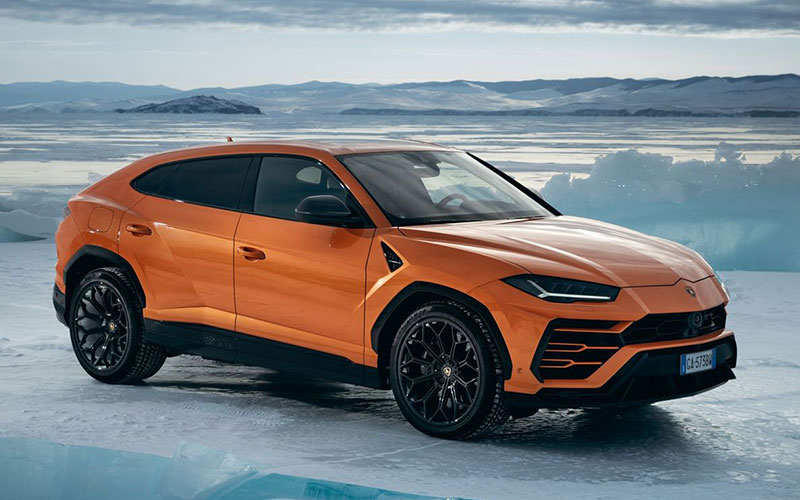
The Urus isn’t Lamborghini’s first SUV or their first swipe at an “entry-level” vehicle, but it has proven to be wildly successful in both roles. Starting at $218,009, the Urus is the most “accessible” of Lambo’s current line. It’s also their first use of V8 since the Jalpa disappeared back in 1988. The Urus’s powerplant is a formidable one, the 4.0L twin-turbo produces 641 horsepower and rockets the Urus from zero to 60 mph in just 3.2 seconds. And unlike the LM002, the Urus looks less like a sporty Humvee and much more like the rest Lamborghini’s sleek and stylish lineup. Looking at and hearing the Urus, it’s hard to believe this monster Lambo shares the same platform as the Volkswagen Touareg.
Miura
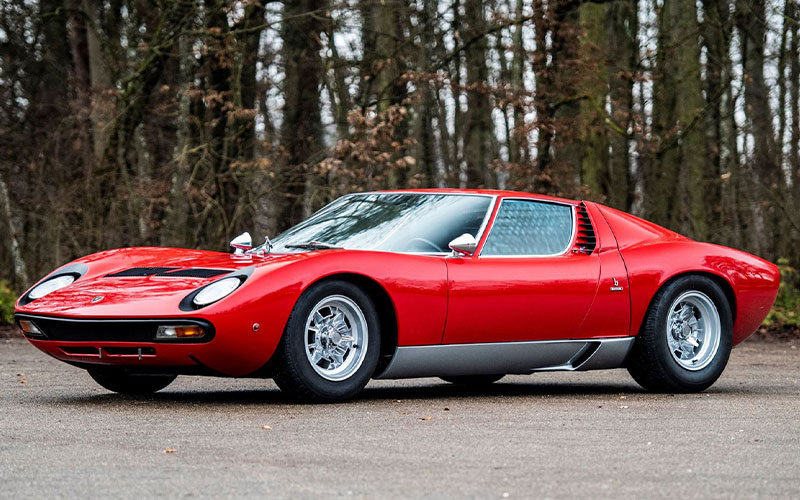
The Bertone designed Miura is often called the most beautiful car ever made. While that might be debatable, the Miura also comes with another distinction, the year it debuted at the 1966 Geneva Motor Show the Miura was the world’s first real supercar. Its transversely mounted midship 3.9L V12 made 345 horsepower (it was the first production car to go midengined, too). This also made it the fastest production car in the world in 1968 with a top speed of 171 mph. The car’s iconic “eye lash” headlight accents were dropped for the 1971 P400 SV model, but the car’s output rose to 380 horsepower. The Miura broke the mold for high end sports cars and laid down the blueprint for decades of Lamborghinis that followed.


